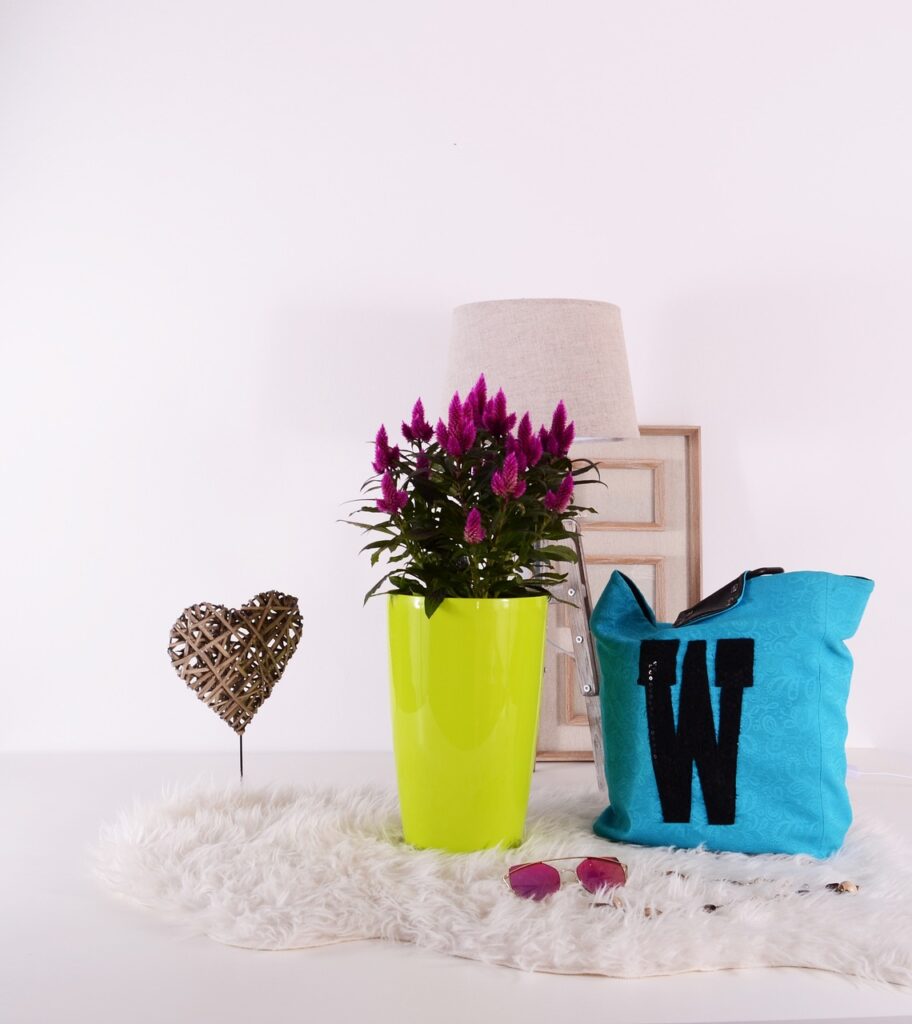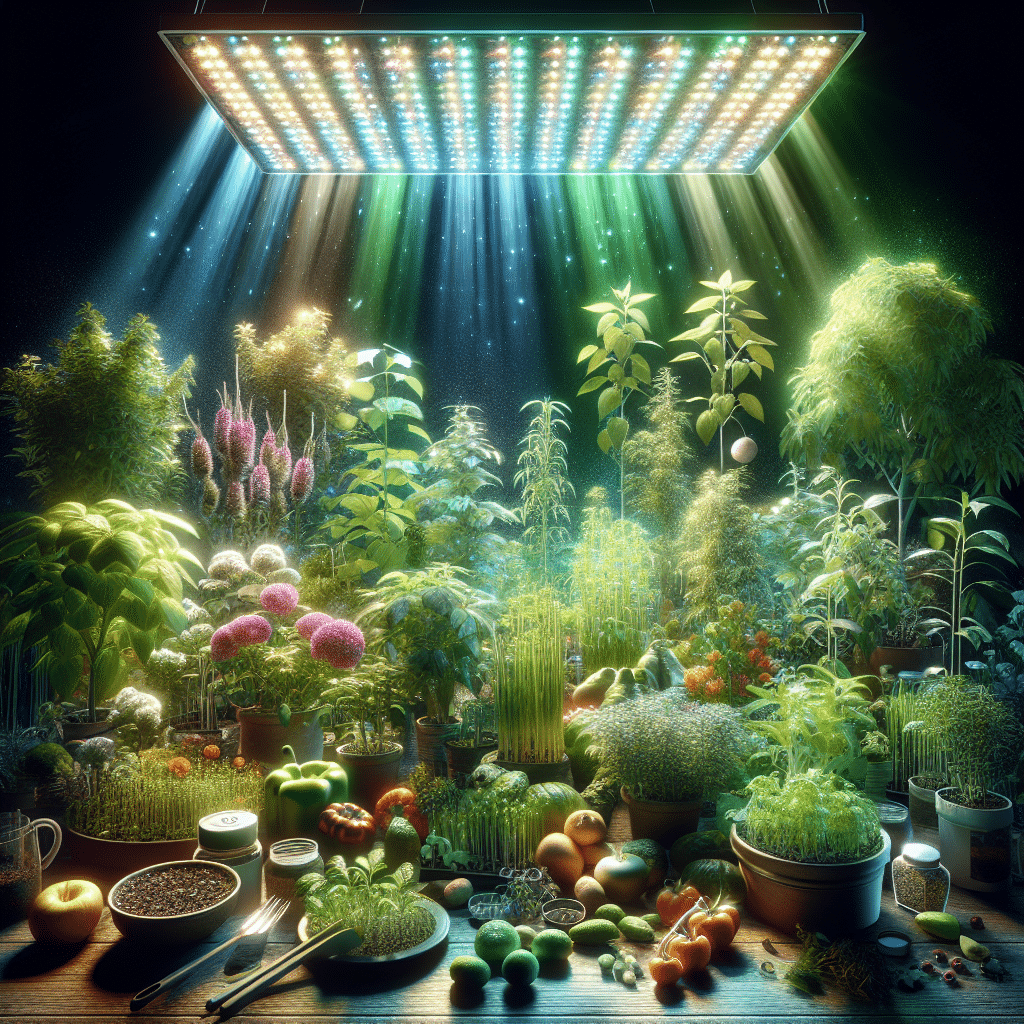Embarking on a garden adventure in the comfort of your home ambiance just got fundamentally easier! Our “Step-by-step Guide to DIY LED Grow Lights for Indoor Horticulture” tutorial transports you into a realm where you can practically cultivate greener thumbs while exploring the versatile landscape of DIY LED grow lighting. Through an engaging narrative, the guide navigates you through the creation of your very own, personalized LED grow lights using basic materials including a hot surface, hot air, solder paste, and LED components & mounting surfaces; all while ensuring a cost-effective approach to indoor horticulture.
This creative journey illuminates the need for specific LED orientation with reference to polarity and serves as an interactive manual to constructing a successful LED Grow Light system. It also highlights the importance of a multimeter to test these devices, pre and post soldering, to ensure they are functioning perfectly. By employing common materials such as Starboards and nylon screws – creativity and technology converge to create a novel genesis of indoor gardening.
Step-by-step Guide to DIY LED Grow Lights for Indoor Horticulture
Picture this, the beauty of your indoor garden illuminated by the soft glow of your homemade LED lights, walking in with a sense of pride every time you see your plants grow under the care spurred by your dedication and creativity. Yes, you read that right. We are going to show you a simple, step-by-step process on creating DIY LED grow lights for indoor horticulture, and trust us, it is not as complicated as it sounds!
Materials Required
To embark on this electrifying journey, first we’ll secure our essentials – tools and materials. We need a hot surface and hot air – you can achieve this with a heat gun or a reflow station. Next, we’ll use some solder paste, an essential adhesive in soldering our electric components. Speaking of which, the LED components & mounting surfaces will be our main hardware for the project. Starboards, or small aluminum PCBs, will provide a comfortable platform for the LEDs. For precise measurements and to ensure everything is in order, a Multimeter will do the trick. To keep things cool and efficient, we’ll use a heat sink. Nylon screws, as a non-conductive material, will keep things together without interfering with the circuits. Lastly, to control the power supplied to the LEDs, a constant current power supply does the job!

This image is property of i.ytimg.com.
Checking LED Polarity
Before we delve into assembling our creation, it’s essential to understand our LEDs. These little guys have specific polarity, meaning they have a correct orientation which needs to be considered during assembly. Here’s the fun part, it’s a bit like a treasure hunt! You can find the polarity by using the manufacturer’s datasheet or by looking closely for markings on the LED itself. However, if you can’t spot the markings, do not fret. You can use a Multimeter to check the polarity. This way, you can be certain your LEDs are lined up correctly.
Soldering the LEDs to the Starboards
We’re moving on to the assembly phase now, starting with soldering the LEDs to the Starboards. Don’t worry, you’ve got this! You begin by applying your solder paste on the Starboards, following which your LEDs are placed right on top! Once we are sure the LEDs are placed correctly, it’s time to turn up the heat. Using the hot air or heat gun, we carefully heat the solder paste until it melts and bonds the LED to the starboard. This process is like creating a sturdy foundation for our LEDs to operate.

This image is property of pixabay.com.
Testing LED Functionality
Now that we’ve soldered our LEDs, it’s time for a check-up! We need to test if our LEDs are functioning correctly. You guessed it, the trusty Multimeter comes to rescue again. This ensures that our LEDs and starboards are ready for the next steps.
Attaching the Starboards to the Heat Sink
The Starboards with the LEDs are now ready to be attached to the heat sink. The heat sink is crucial to efficiently dissipate the heat generated by the LEDs and prevent any overheating. We add the nylon screws, and voila! Remember, we have to be sure that we avoid any short circuits. We do this by ensuring that all the Starboards and LEDs are oriented correctly.

This image is property of pixabay.com.
Proper Orientation and Soldering of Wires
As we deal with the wires, we always start with the positive lead and finish with the negative one. Orientation is the key here and we want beautiful, blossoming plants, not a tangled mess of wires. Soldering the wires helps in completing the electrical circuit and ensuring the current passes properly.
Using a Constant Current Power Supply
Remember that the LEDs are like actors on a brilliant stage called Starboards, and this stage requires the perfect lighting. We need a special kind of power supply that maintains a constant flow of current, aptly named Constant Current Power Supply. This ensures that our LEDs don’t draw too much current and overheat as they bask in their well-lit theatre.

This image is property of pixabay.com.
Double-checking Connections
We’ve almost reached the end of this illuminating journey. Before the curtain goes up, we must double-check all our connections. From soldering to the proper orientation of LEDs and starboards, we leave no stone unturned. This has us preventing any possible mishaps like loose connections that might cast a dark shadow over our glowing accomplishment.
Successful Set-up and Ready for Use
And there it is! Your own DIY LED grow light, ready to aesthetically illuminate your indoor horticulture and boost its growth. It’s a moment of achievement and satisfaction as you witness seeds sprout and flowers bloom under the gentle glow of your handmade LED lights.

Conclusion
In conclusion, this project shows us that creating your LED grow lights for indoor gardening isn’t a daunting endeavor as it appears at first glance. Instead, it’s an exciting exploration into the world of LED lights, soldering, and electric circuits. It’s not just about using your hands but also your mind and creativity. This project is an electrifying fusion of our relentless spirit and unique creativity, making indoor horticulture a brighter and greener experience!
Let’s discover how to fabricate our own grow lights!
This is a relatively simple task with minimal tool requirements. To craft our own grow lights, we’re merely going to require a warm surface, hot air (heat gun or reflow station), some solder paste, and LED components & mounting surfaces!
Happy building!
Starboards highlighted in the video – 3535 20mm:
https://www.aliexpress.com/item/50pcs…
Mouser search page featuring LEDs:
https://www.mouser.com/Search/Refine?…
Pulse the conversation!
Discord: / discord
If you wish to foster our endeavors, please consider exploring our Patreon!
/ autumnmatic

